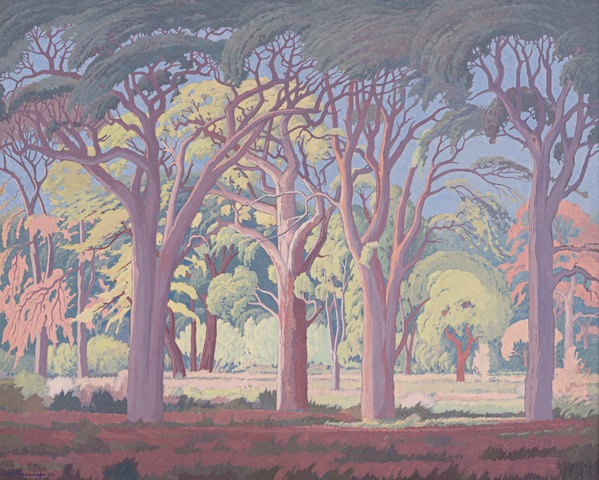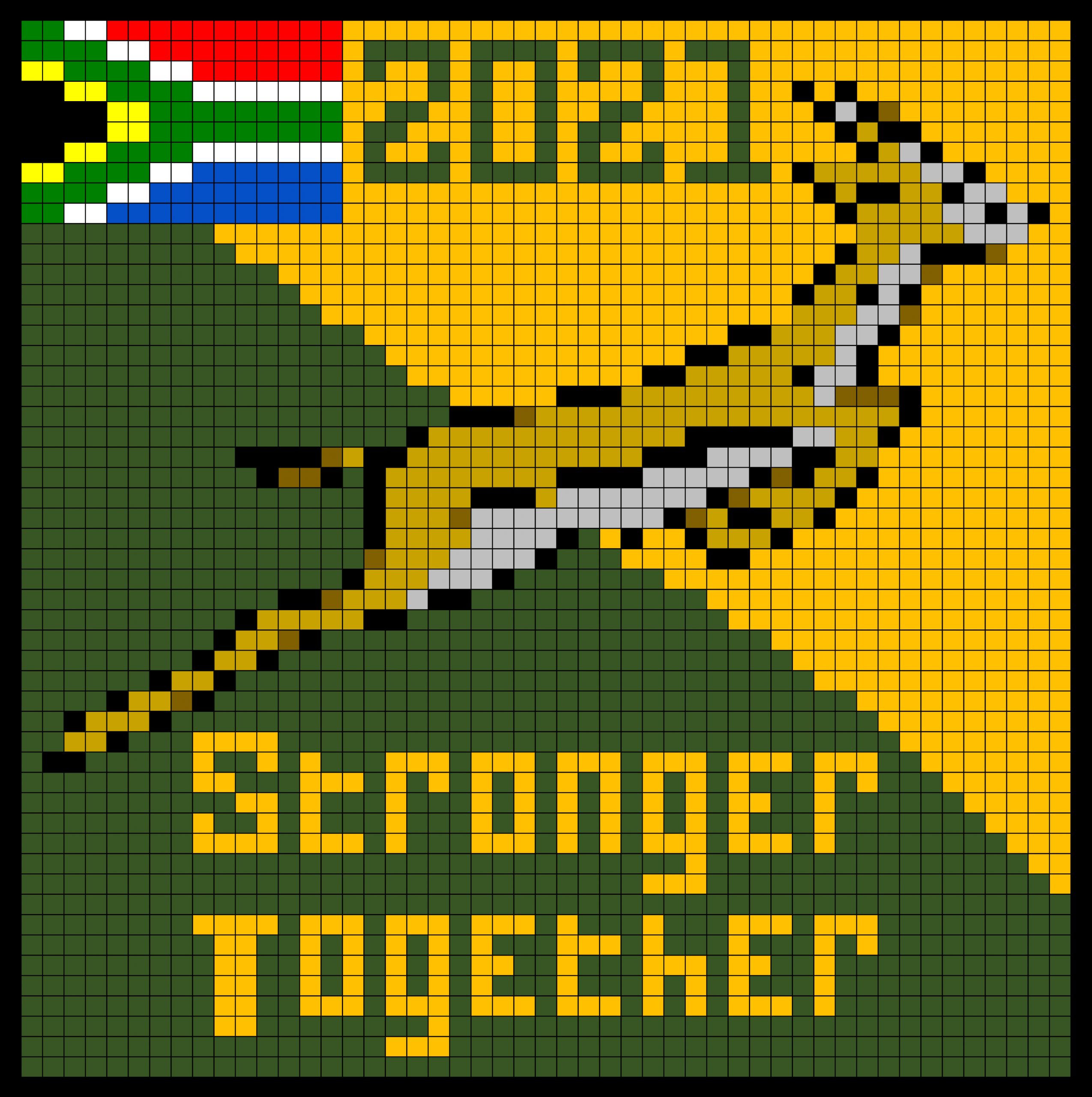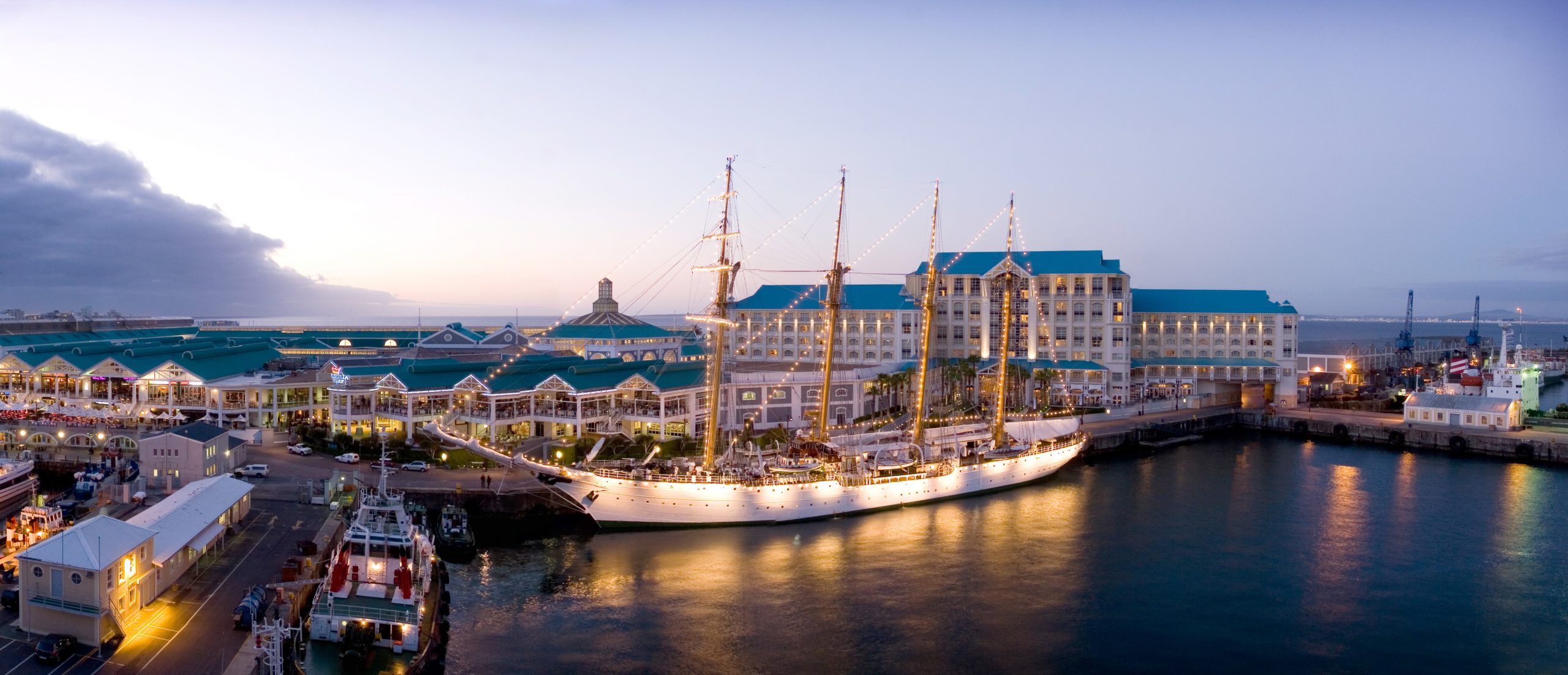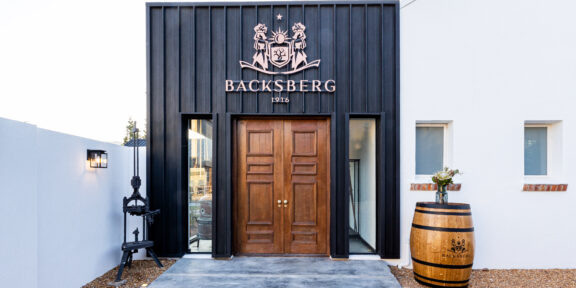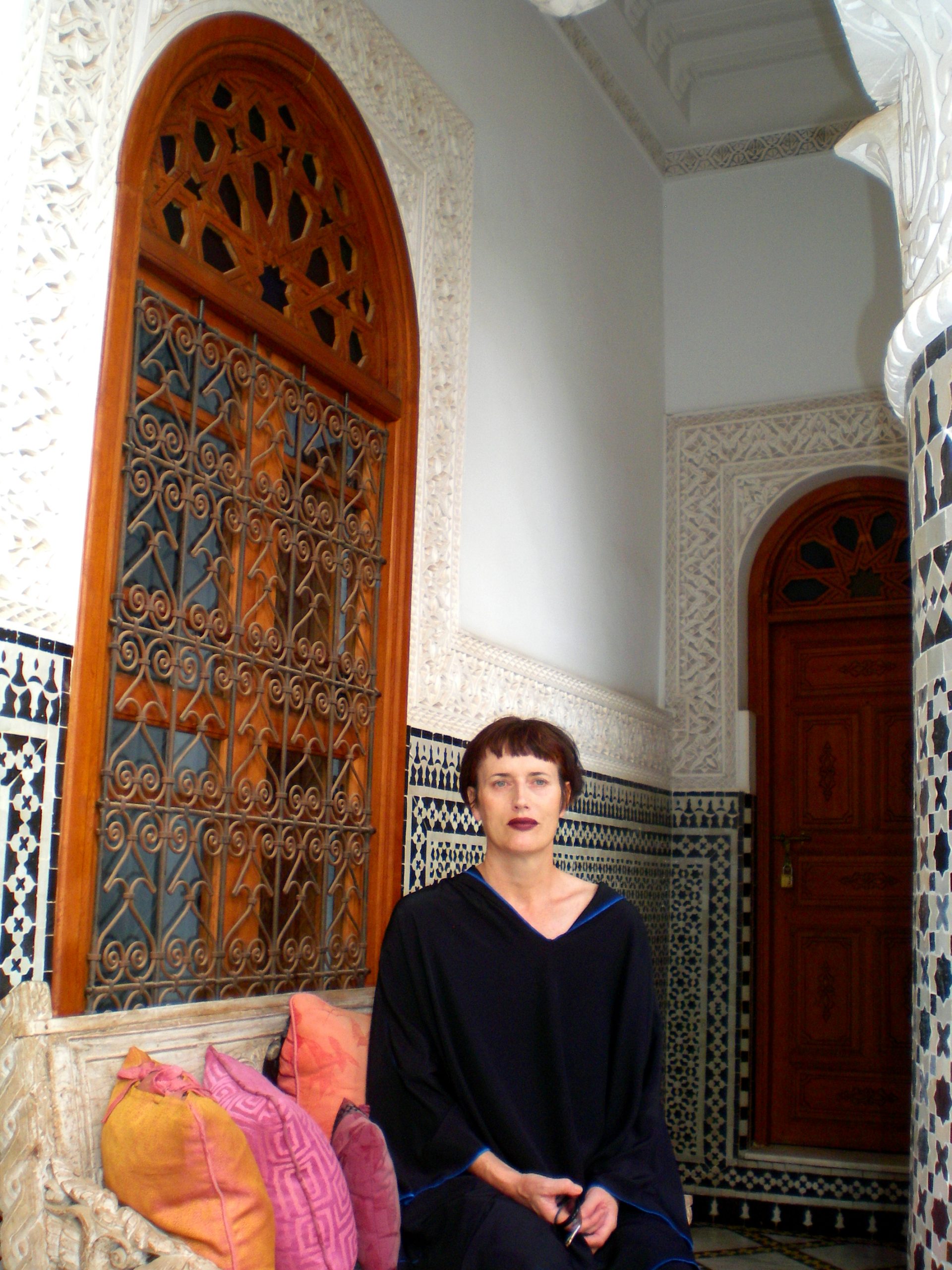Mauritania’s beautiful landscapes showcase the sands of time past and present. The country’s vibrant contemporary art scene does the same for its passionate artists.
text and images by Robert La Bua
A land of immense sand dunes and minuscule tourist numbers, Mauritania rewards the intrepid traveller with a unique mix of people, languages, and customs. Endowed with UNESCO World Heritage Sites recognising its flora and fauna as well as its cultural patrimony, Mauritania remains a mystery to even the most adventurous of world travellers. Deservedly so, it is the natural beauty of Mauritania that attracts the most attention. Fans of desert landscapes will be thoroughly impressed with rocky outcrops, stunning oases, and dramatic escarpments that give way to panoramas of endless sand dunes usually only seen in film and fantasy.

Located at the nexus of North African and sub-Saharan cultures, Mauritania is one of the African continent’s most evocative destinations. The country’s societal diversity is most noticeable in Nouakchott, the young nation’s capital. What was once a tiny town has in two generations become a city of more than one million people, attracting inhabitants from the far reaches of the country. Nouakchott’s two museums, the National Museum Of Mauritania and the brand new Vergnol Foundation, are both worth a visit, but it is the private art galleries such as Zeinart and Sinaa that best present the quintessence of the city, the country, and West Africa in general―as do the bustling markets where everything from fresh fish and vegetables to pure shea butter and elaborately embroidered traditional apparel (mulafas for women, boubous for men) can be purchased amid the hubbub.
A near-total absence of tourists and tourism infrastructure means Mauritania’s pristine coastline remains relatively untainted by human encroachment. It is quiet, sunny, and breezy. Dolphins frolic just metres from a shore lined with smooth, sandy beaches. The laidback atmosphere is most palpable at Les Océanides, the section most favoured by beach connoisseurs thanks in no small part to the rustic restaurant whose somewhat ramshackle appearance belies the freshness and excellence of the cuisine served there.
 Though a walk on sand dunes is possible without even leaving Nouakchott, it is the desert interior of Mauritania that best represents the national ethos. The centuries-old stone towns of Chinguetti and Ouadane, both UNESCO World Heritage Sites, lie at the edge of the greater Sahara. The drive to reach them from Nouakchott is long but worth the trip. With ethereal wisps of sand blowing low across the bitumen, the ride from Nouakchott to Chinguetti seems otherworldly, as if travelling between dimensions. Lucky travellers will break the journey with a stop at the astonishing Terjit oasis, a short detour off the well-paved highway. Terjit’s perfect assembly of scenic components may be easily mistaken for a movie set, but the realisation that this is indeed reality only serves to reinforce the enjoyment of seeing a babbling brook running through a cleft in the redbrown cliffs between which the fronds of thousands of palm trees dapple the ground with cool shadows, reiterating the play of shadows and light observed throughout this sunny country. A walk through the palms leads to steps carved into rock for the ascent to the top of the cliffs for expansive views. Remarkably, it is possible to sleep here if willing to forego modern conveniences in exchange for a night under a zillion stars.
Though a walk on sand dunes is possible without even leaving Nouakchott, it is the desert interior of Mauritania that best represents the national ethos. The centuries-old stone towns of Chinguetti and Ouadane, both UNESCO World Heritage Sites, lie at the edge of the greater Sahara. The drive to reach them from Nouakchott is long but worth the trip. With ethereal wisps of sand blowing low across the bitumen, the ride from Nouakchott to Chinguetti seems otherworldly, as if travelling between dimensions. Lucky travellers will break the journey with a stop at the astonishing Terjit oasis, a short detour off the well-paved highway. Terjit’s perfect assembly of scenic components may be easily mistaken for a movie set, but the realisation that this is indeed reality only serves to reinforce the enjoyment of seeing a babbling brook running through a cleft in the redbrown cliffs between which the fronds of thousands of palm trees dapple the ground with cool shadows, reiterating the play of shadows and light observed throughout this sunny country. A walk through the palms leads to steps carved into rock for the ascent to the top of the cliffs for expansive views. Remarkably, it is possible to sleep here if willing to forego modern conveniences in exchange for a night under a zillion stars.
 Back on the highway, a bit further along is Chinguetti, Mauritania’s cultural heart. Formerly a crossroads on trans-Saharan trade routes, Chinguetti was famous throughout the Islamic world as a place of learning. The vestiges of this scholarly history are seen today in the collections of manuscripts held in small private libraries owned by families dedicated to maintaining them; the beautifully illuminated manuscripts have been well preserved in the dry desert environment. After a day of enlightenment at the libraries, a return to the atmospheric La Gueïla guesthouse provides a continuation of the hospitality exhibited by locals who appreciate the effort made by visitors who come this far into the country. Though the simple rooms are far from five-star luxury, given there are only eight rooms in total, it is possible to buy out the entire property and turn it into a fully staffed private villa for family and friends. La Gueïla’s French owner, the indefatigable Sylvette, is a friendly fountain of helpful information; she has resided in Chinguetti for many years and therefore knows everything and everybody. Sylvette can arrange excursions into the dunes during the day, overnight sleepouts on the dunes at night, and tours to other areas in the region. A highlight of a stay at La Gueïla is the cuisine served there. Whether for breakfast, lunch, or dinner, unexpectedly delicious food is prepared and served to order in this desert outpost. For a special treat, Sylvette can arrange a traditional méchoui dinner cooked on an open fire out on the dunes. The ceremonial sharing of méchoui (roasted lamb) is an important touchstone of Mauritanian hospitality. The visitor will soon understand that sharing meals carries a significance far greater than eating; it symbolises the embracing of Mauritanian culture and immediately enhances one’s standing in the eyes of the locals. As does drinking camel milk―not from the pasteurised version sold in cartons in Nouakchott but still rather warm from the source. About 90 kilometres from Chinguetti is Ouadane, another historic UNESCO town built entirely from stone. Ouadane is known for its architecture and its mystical atmosphere; narrow alleys connect discreet residences and businesses that operate at a level of silence rarely enjoyed in today’s loud world. Located on a hill, the views from Ouadane extend many kilometres in every direction.
Back on the highway, a bit further along is Chinguetti, Mauritania’s cultural heart. Formerly a crossroads on trans-Saharan trade routes, Chinguetti was famous throughout the Islamic world as a place of learning. The vestiges of this scholarly history are seen today in the collections of manuscripts held in small private libraries owned by families dedicated to maintaining them; the beautifully illuminated manuscripts have been well preserved in the dry desert environment. After a day of enlightenment at the libraries, a return to the atmospheric La Gueïla guesthouse provides a continuation of the hospitality exhibited by locals who appreciate the effort made by visitors who come this far into the country. Though the simple rooms are far from five-star luxury, given there are only eight rooms in total, it is possible to buy out the entire property and turn it into a fully staffed private villa for family and friends. La Gueïla’s French owner, the indefatigable Sylvette, is a friendly fountain of helpful information; she has resided in Chinguetti for many years and therefore knows everything and everybody. Sylvette can arrange excursions into the dunes during the day, overnight sleepouts on the dunes at night, and tours to other areas in the region. A highlight of a stay at La Gueïla is the cuisine served there. Whether for breakfast, lunch, or dinner, unexpectedly delicious food is prepared and served to order in this desert outpost. For a special treat, Sylvette can arrange a traditional méchoui dinner cooked on an open fire out on the dunes. The ceremonial sharing of méchoui (roasted lamb) is an important touchstone of Mauritanian hospitality. The visitor will soon understand that sharing meals carries a significance far greater than eating; it symbolises the embracing of Mauritanian culture and immediately enhances one’s standing in the eyes of the locals. As does drinking camel milk―not from the pasteurised version sold in cartons in Nouakchott but still rather warm from the source. About 90 kilometres from Chinguetti is Ouadane, another historic UNESCO town built entirely from stone. Ouadane is known for its architecture and its mystical atmosphere; narrow alleys connect discreet residences and businesses that operate at a level of silence rarely enjoyed in today’s loud world. Located on a hill, the views from Ouadane extend many kilometres in every direction.

Mauritania’s Surprisingly Vibrant Contemporary Art Scene
While the Senegalese capital Dakar is well known as one of Africa’s art capitals, with many galleries and exhibitions featuring the country’s and the continent’s top talents, Mauritania is a much less familiar city of art. A paucity of places displaying art created by Mauritanian artists belies the high quality of their works, increasingly sought by collectors around the world. The doyenne of Nouakchott’s cultural scene is Isabel Fiadeiro, owner of Galerie Zeinart. This small art gallery is big on African art. A longtime resident of Mauritania, Isabel works tirelessly to increase awareness of African arts and crafts; her gallery showcases select works by genuine artisans from across Africa but mostly from Mauritania, Mali, Senegal, and Burkina Faso. An avid advocate of social justice, Isabel empowers the normally downtrodden artists by instilling a sense of pride in their work in a country where art is anathema to daily life and artists are categorised as tradesmen alongside electricians, plumbers, and mechanics. Many of the artists live hundreds of miles away from the capital but make the trek to Zeinart, knowing their work is appreciated by both owner and client. When sales are made, Isabel sends their money back to them on the bus.
 Originally from Portugal, Isabel and her husband Herman are both artists in their own right but their altruistic natures see them spending more time promoting the work of others rather than their own. Zeinart hosts a weekly marketplace every Saturday so that locals merchants have a place to sell their goods, which may range from baked madeleines and other food items to silver bracelets and cloth bags made with typically colourful African textiles. Inside the gallery, the swiftly rotating displays of beautiful artworks encourage (mostly foreign) patrons to snap up the bargains while they can.
Originally from Portugal, Isabel and her husband Herman are both artists in their own right but their altruistic natures see them spending more time promoting the work of others rather than their own. Zeinart hosts a weekly marketplace every Saturday so that locals merchants have a place to sell their goods, which may range from baked madeleines and other food items to silver bracelets and cloth bags made with typically colourful African textiles. Inside the gallery, the swiftly rotating displays of beautiful artworks encourage (mostly foreign) patrons to snap up the bargains while they can.
The unexpectedly productive art scene in Nouakchott is inspiring to say the least. Young artists, unshakable in their commitment to their creativity, toil wherever they can to express themselves, even if that means the vestibule of an apartment building as it does for Oumar Ball. One of Mauritania’s shining stars in the art sky, Oumar is a young man from a disadvantaged background who somehow retains an inspiringly optimistic view of life in the face of adversity. He works in a dilapidated building in one of the city’s poorest neighbourhoods, producing extraordinary paintings and sculptures now found hanging in museums, embassies, and art galleries both in the country and overseas. His work, like Mauritania itself, is deceptively simple at first glance but deeply nuanced beyond initial observation. True to himself and his roots, Oumar refuses to give up his original studio despite his continued success allowing him to operate a second studio space. He is now able to separate his sculptural endeavours from his paintings, both media acclaimed by the international art scene. A recent exhibition at the Institut Français in Dakar presented a stellar assortment of Oumar’s unusual bird sculptures.
 Though originally from Senegal, the ethereal spirit of Mona Hajjar has inhabited Nouakchott for many years and today is as much Mauritanian as Senegalese. Mona’s unique cultural background, extensive education, and worldly outlook are all reflected in her captivating paintings, meticulous in both detail and execution. Engaging the viewer with an immediately recognisable style, the simplicity of the daily scenes often selected as themes of her works are elevated to high art in the final product.
Though originally from Senegal, the ethereal spirit of Mona Hajjar has inhabited Nouakchott for many years and today is as much Mauritanian as Senegalese. Mona’s unique cultural background, extensive education, and worldly outlook are all reflected in her captivating paintings, meticulous in both detail and execution. Engaging the viewer with an immediately recognisable style, the simplicity of the daily scenes often selected as themes of her works are elevated to high art in the final product.
Bechir Malum is another artistic spirit, a smiling, happy soul whose work often presents violent scenes in contrast to this gifted man’s own personality. What to do in a country where art is considered unnecessary and few walls exist where paintings are welcome? Open an art café of your own. That is what Bechir did, and his chic little café is considered one of the most stylish places in Nouakchott. Amy Sow is one of Mauritania’s best-known artists, though her name said to people on the streets will result in blank stares. Like Oumar Ball and Bechir Malum, her international recognition belies the relative anonymity she experiences at home in Nouakchott. Amy, too, has her own gallery, ArtGallé, where diverse media are displayed on the premises where gallery, café, and outdoor courtyard all provide the backdrop for temporary exhibitions, special events, and weekly art classes Amy offers free to local children. An empowered woman who proudly pursues her path in life, to the benefit of friends, family, and the local community, Amy is an inspiration to many. There’s that word again; even among some of the poorest people in the world, there is a lot of inspiration in Mauritania.




